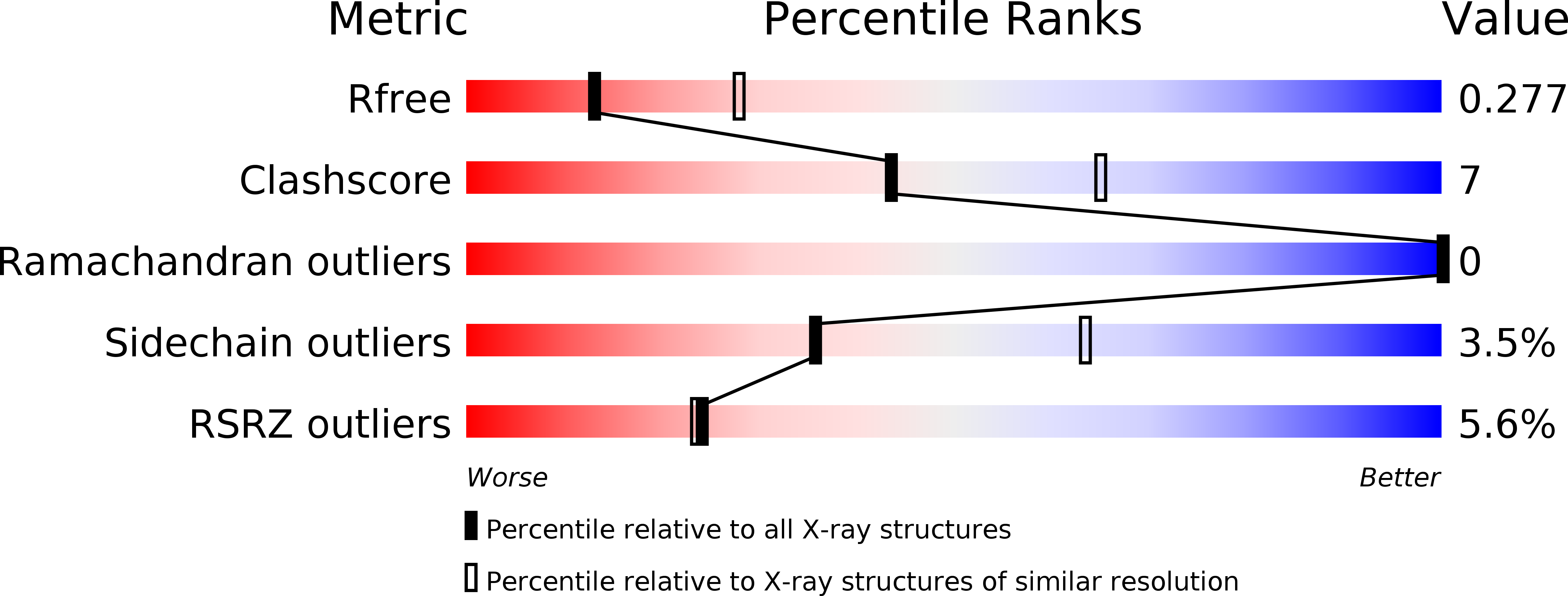
Deposition Date
2018-09-19
Release Date
2018-11-21
Last Version Date
2024-11-13
Method Details:
Experimental Method:
Resolution:
2.72 Å
R-Value Free:
0.27
R-Value Work:
0.23
R-Value Observed:
0.24
Space Group:
I 1 2 1


